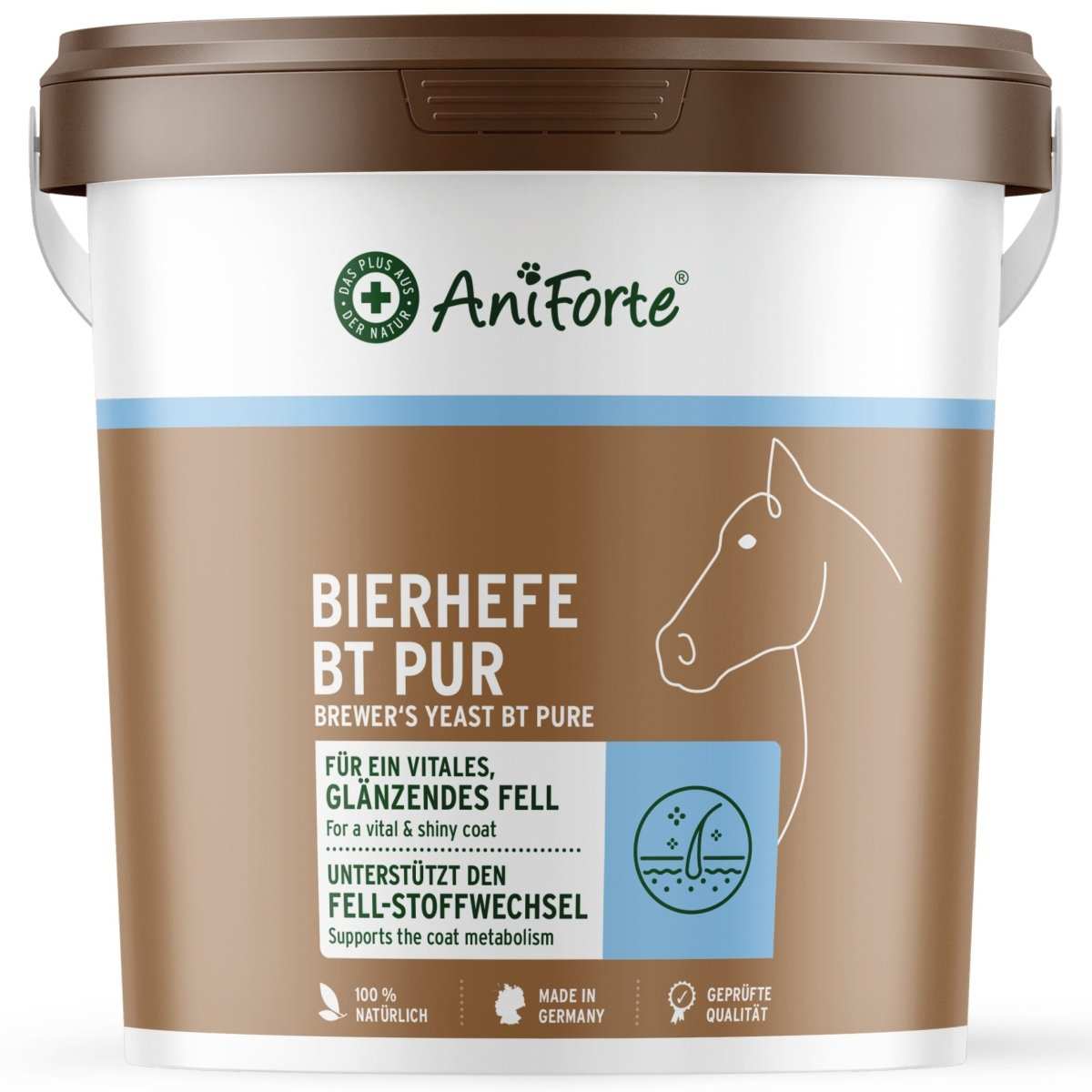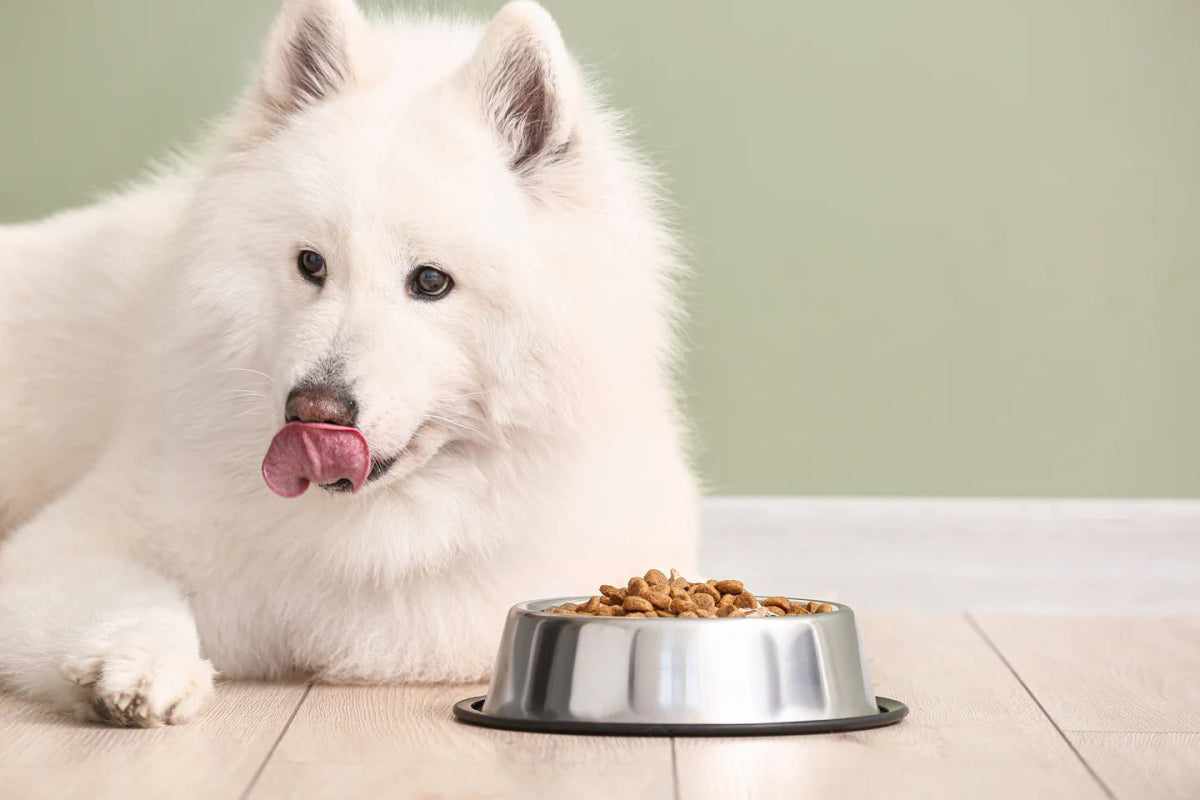A treat here, a reward morsel there - in Part 1 of our article on the topic of "Obesity in dogs and cats" I mentioned the reasons why our four-legged friends gain weight - and how you can prevent this from happening in the first place! In this part, I'll look at 5 tips on how to put your pet on a diet.
The good news is that since you largely determine your pet's food intake, it's not difficult to make your four-legged friend lose weight. But it does take time. That's why the golden rule of weight loss is: patience. Basically, the weight of your four-legged friend can be influenced by two main factors: diet and exercise. The following five tips are sure to help you lose weight.
1. leave out snacks or subtract them from the food
You should proceed step by step. A radical reduction in food or even a zero diet is not a solution, creates stress and only encourages your pet to feel hungry. Basically, the same applies to our animals as to a reduction diet for humans: The body must consume more calories than it is supplied with.
Very important: The snacks in between meals, such as a piece of liverwurst sandwich, cheese, pig's ear or some condensed milk for the velvet paw, are either completely eliminated for the duration of the diet or are replaced by half of a complete meal. This means: half a pig's ear = half of the evening meal omitted. In the case of dry treats (bullwhips, pig's ear, etc.), the actual size of the treat is multiplied by 5. This is because the ear, pork ear, etc. has only been dehydrated and the calories have been compressed.
2. document the course of the diet
You should document the progress of the diet. To do this, weigh your dog or cat and make a note of the starting weight and the target weight. You should repeat this process every week to every two weeks - preferably always at the same time, e.g. in the morning on an empty stomach. The weekly target weight should also be set and written down. A dog on a diet should not lose more than 2% of its body weight per week. For older dogs, it should be even less. Cats may also lose approx. 1 to 2% of their body weight per week during a diet.
3. choose the type of food carefully
If you have to choose between dry and wet food, then wet food is recommended. Due to the high proportion of moisture, its energy density is lower. Cats and dogs therefore have a full stomach and still consume fewer calories than with the same amount of dry food.
You should actually avoid all light food in the form of wet and dry food. The calorie content is significantly lower than with normal food. However, this has a negative effect on your four-legged friend's already slowed metabolism. The food contains too little energy. The drop in metabolism and the lack of nutrients also cause tiredness and lethargy, which is a hindrance to weight loss.
When cooking or BARF, you should reduce the fat content and especially carbohydrates and starch (e.g. from potatoes, cereals and rice). Tender, low-fat meat such as chicken, turkey, fish or lean beef is recommended. Low-sugar vegetables, e.g. spinach leaves, broccoli, cucumber, lettuce, zucchinis, are a good addition. Fruit is also always a good idea for a dog or cat diet. For example, test whether your pet likes to eat watermelon, raspberries, blueberries, strawberries or kiwis.
Cellulose and psyllium husks can also be used to support a diet. Neither cellulose nor psyllium husks have any nutritional value, but as dietary fiber they regulate intestinal activity and promote a feeling of fullness. Psyllium husks also have a high mucilage content and can bind five times the volume of water. As they swell, your four-legged friend will stay full for longer. Before you mix the seeds into the food, let them pre-swell a little.
4. make sure your dog/cat gets enough exercise
Nothing works without exercise! Dieting is always a combination of reduced calorie intake and increased exercise. You should adjust the type of exercise depending on how overweight your four-legged friend is. Some dogs, for example, should not be expected to go on hour-long marches or bike rides at the start of training, and ball games or frisbee should also be avoided for the time being. Exercise in the form of several walks a day is recommended. Here, it is particularly fluid and brisk walks with breaks or slow walking phases that can lead to success. Swimming or water treadmills are also part of a good weight loss plan, as they are easy on the joints, build up muscles and burn calories.
It is quite easy to exercise cats that live outside. As a rule, they are also less prone to gaining weight. The situation is different for indoor cats. Here you can use clicker training to train them to do little tricks and also encourage them to work their heads. You can also food balls so that your cat has to work for its food. Games, such as with a cat fishing rod or empty boxes, are helpful. In general, you can use anything that offers your cat variety and keeps him moving.
5. persevere and remain consistent
To get rid of excess weight permanently, consistency and perseverance are particularly important. Throughout the course of the diet, it is crucial for your pet that you do not weaken and give in to the begging looks. In the meantime, it is also worth keeping an eye out for unfamiliar food sources. Our pets can be very resourceful here: Garbage bags, compost heaps, bird food and even food from the neighbor's cats - the main thing is that it's edible. If you also keep an eye on these factors, your four-legged friend will have long-term success and become fitter again.




